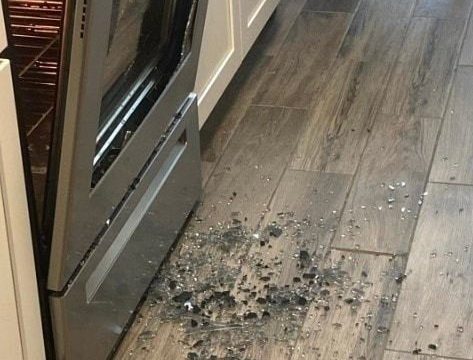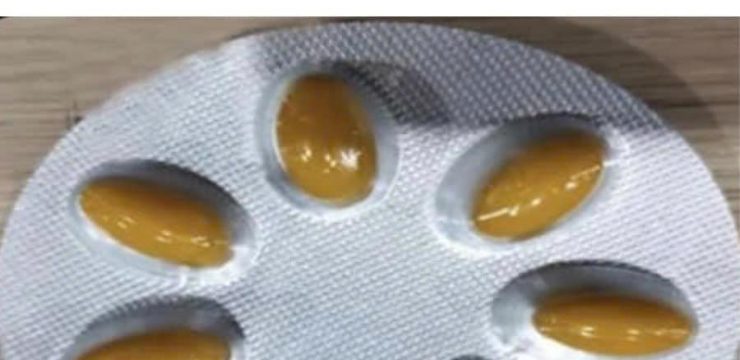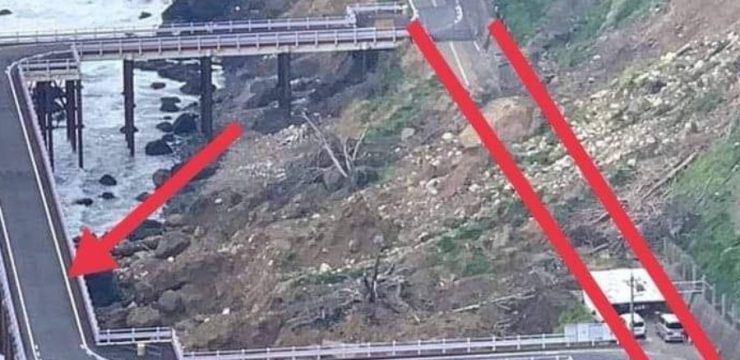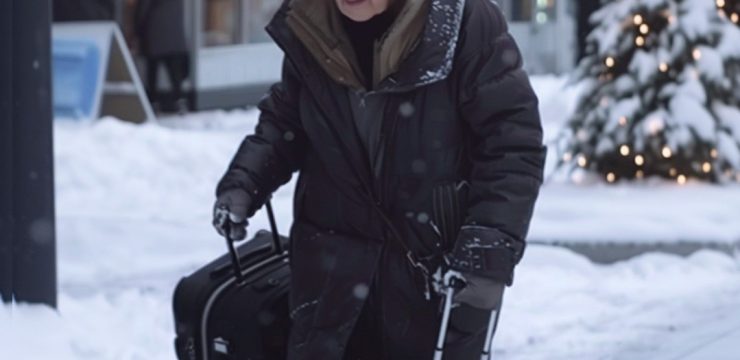One of the most frequent kitchen dilemmas is whether you should let hot food cool before placing it in the fridge. To ensure both food safety and meal quality, it’s important to understand the science behind cooling and refrigerating food. If done incorrectly, it could lead to foodborne illnesses and affect the taste and texture of your meals. So, do you need to let hot food cool down, or can you safely refrigerate it right away?

In this article, we’ll break down when and how you should refrigerate hot food to keep it both safe and tasty.
The Importance of Food Safety
The foundation of food safety revolves around controlling temperatures. Harmful bacteria such as Salmonella, E. coli, and Listeria thrive in the temperature range between 40°F (4°C) and 140°F (60°C), commonly known as the “danger zone.” In this range, bacteria can multiply rapidly, increasing the risk of foodborne illnesses. The goal is to cool food quickly so it moves out of the danger zone into a safe temperature range for storage.
It’s not just about getting the food into the fridge; it’s about making sure it’s done at the right time and temperature.
Why Cooling Hot Food Before Refrigeration Matters
- Prevents Bacterial Growth: Bacteria multiply quickly in the danger zone. Cooling hot food rapidly minimizes this risk, reducing the chances of foodborne illnesses.
- Maintains Food Quality: Slow cooling can affect the texture, flavor, and nutritional value of your food. Rapid cooling helps retain the quality of vegetables, meats, and other perishables.
- Protects Other Foods in the Fridge: Placing hot food directly in the refrigerator can raise the overall temperature, potentially spoiling other items stored there.
Best Practices for Cooling Hot Food Safely
When cooking in large batches or dealing with leftovers, it’s important to follow the right steps for safe cooling. Here are some methods to ensure your food gets out of the danger zone quickly:
- Let Steam Escape
After cooking, partially cover your food to allow steam to escape, which promotes faster cooling. Use a lid or aluminum foil with a small gap to speed up the process. - Use Shallow Containers
Transfer hot food to shallow containers instead of large, deep ones. Shallow containers allow heat to disperse more quickly, reducing the cooling time. Large containers trap heat, keeping food in the danger zone longer than is safe. - Monitor Temperature with a Food Thermometer
Use a food thermometer to track the cooling process. Aim to lower the food’s temperature from above 140°F (60°C) to below 40°F (4°C) within two hours. Quick cooling is crucial for food safety. - Divide Large Batches into Smaller Portions
If you have a large amount of hot food, split it into smaller portions. Smaller quantities cool faster than large containers, reducing the risk of bacterial growth. - Use an Ice Bath
For even quicker cooling, place the container of hot food in an ice bath. Surround the sides of the container with ice without letting the water or ice touch the food. This method works well for soups, stews, and casseroles. - Stir Periodically
Stirring hot food helps distribute heat evenly, speeding up cooling. This technique is particularly effective for thick dishes like stews or sauces. - Avoid Overcrowding the Fridge
When storing hot food, ensure there’s enough space around the containers in the fridge for air circulation. Overcrowding can slow the cooling process and impact the safety of all your food.
Is It Safe to Refrigerate Hot Food?
Contrary to popular belief, it’s safe to refrigerate hot food—if done correctly. Here are a few important tips to keep in mind:
- Cool Food Partially First
While it’s not necessary to cool food completely before refrigerating, it helps to let it cool slightly—ideally to around 140°F (60°C)—before placing it in the fridge. This reduces strain on the fridge and prevents other items from heating up. - Don’t Leave It Out Too Long
Avoid leaving hot food at room temperature for extended periods. The USDA recommends that food should not remain in the danger zone for more than two hours. If your kitchen is warm, reduce this time to one hour for better safety. - Avoid Thermal Shock
If you’re using glass containers, let them cool for a few minutes on the countertop before putting them in the fridge. Sudden temperature changes can cause glass to crack.
Conclusion
In summary, while hot food doesn’t need to be fully cooled before refrigerating, following proper cooling practices is vital for safety. Allowing food to cool down slightly before refrigeration prevents bacterial growth, protects food quality, and keeps the rest of your fridge’s contents safe. Using techniques such as shallow containers, ice baths, and stirring will help you store your food safely and maintain its flavor.
Keeping food safety in mind is a small but crucial part of maintaining a healthy kitchen. Properly cooling and refrigerating your food is an easy step to prevent foodborne illnesses and ensure your meals stay fresh.





